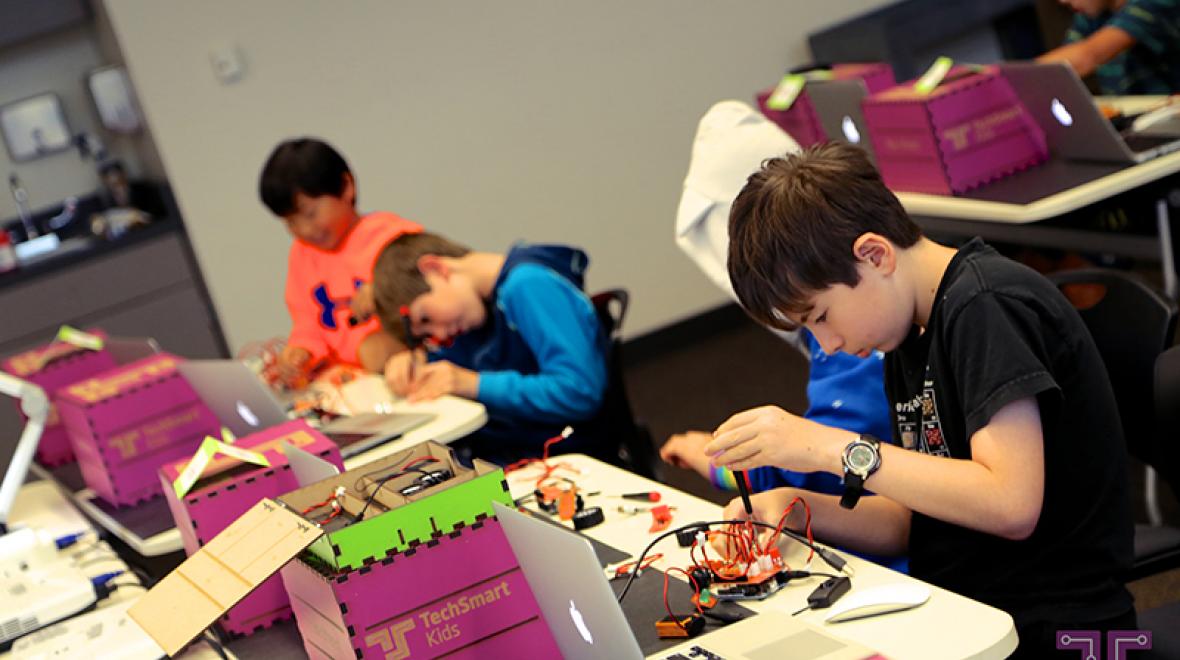Student-led civic projects help young people step up, speak out, and make things happen where they live. From small local clean-ups to bigger community drives, these projects show what students can do when they plan well and stay true to real needs. But good intentions alone don’t make real change—smart planning and teamwork do.
Here’s what works best when students lead the way.
Find a Real Issue
It starts with listening. Before making flyers or picking a catchy name, students should figure out what the community actually wants or needs. Guesswork leads to wasted time. Real listening builds trust.
How to Find the Need:
- Talk to people in the neighborhood
- Visit community meetings
- Ask local groups for advice
- Do surveys online or in person
Example: Don’t just plan a coat drive because it sounds nice. Maybe the real need is winter boots or better public transportation.
Match the Cause to What You Love
Passion keeps a project alive when things get tough. When students care about the cause, they find ways to solve problems instead of quitting.
How to Match Interests:
- Ask each person what issue they care about most
- Make a list of skills on the team
- Connect roles to what people enjoy—some are great with social media, others with numbers or talking to city officials
When students own the work, they push it forward.
Be Clear About the Goal
Big dreams help, but clear goals keep people focused. A good civic project knows exactly what it’s trying to fix and how to track progress.
Use SMART Goals:
- Be specific about the outcome
- Make it measurable—numbers help
- Keep it realistic—start small if needed
- Stay connected to the community’s real needs
- Pick a timeline so the goal doesn’t drag on forever
Example: “Collect 1,000 pounds of fresh produce donations for the local pantry by the end of summer.”
Build Real Partnerships
Students don’t need to reinvent the wheel. Local nonprofits, churches, small businesses, or town councils often want to help. Partnerships open doors to funding, places to meet, and more volunteers.
Tips for Partnerships:
- Be respectful and clear when reaching out
- Offer ways for partners to benefit too—like good publicity or student volunteers
- Keep partners updated on progress
Include Everyone
Good civic work welcomes many voices, not just the loudest. When a project brings people together from different backgrounds, it stays stronger and avoids blind spots.
How to Make It Inclusive:
- Ask who’s missing from the table
- Use language that everyone understands
- Make events or meetings open to all, with translation or accessibility help if needed
Keep Track and Reflect
Students should check in on what’s working and what’s not. A quick check-in each week can fix small problems before they grow.
Simple Ways to Stay on Track:
- Use a shared calendar
- Meet regularly to check progress
- Write down lessons learned
Reflection also turns the work into real learning—many schools let students link projects to class credits or senior portfolios.
Think About What’s Next
One big risk: the project dies when the students leave. A good plan includes what happens next year.
Ways to Make It Last:
- Bring in new students every semester
- Write down how the project works in a simple guide
- Ask the school or local leaders for long-term support
Celebrate Wins
People like to see results. Celebrate when goals are met. It keeps the team motivated and shows the community that young people can lead change.
How to Share Success:
- Post photos and updates on social media
- Write a short story for the school paper
- Hold a small thank-you event for volunteers and partners
Student-Led Projects Make a Difference
When students start with real needs, work with neighbors, and keep the work going, their civic projects can bring real results. They learn to lead, plan, and connect—skills that last long after graduation.
FAQs
Do student projects have to be big?
No. Starting small and focused often works better than trying to do too much.
What role do teachers play?
Teachers can guide students, connect them with partners, and help them link projects to coursework—but the students lead the charge.
What’s the biggest pitfall?
Jumping in without research. A project with no real need behind it won’t go far. Listening first makes all the difference.










